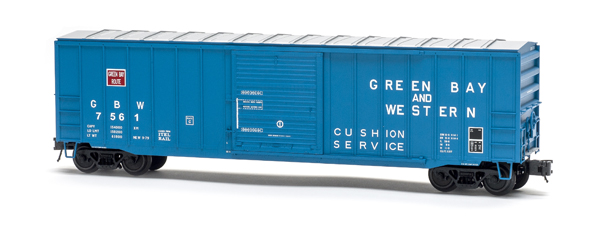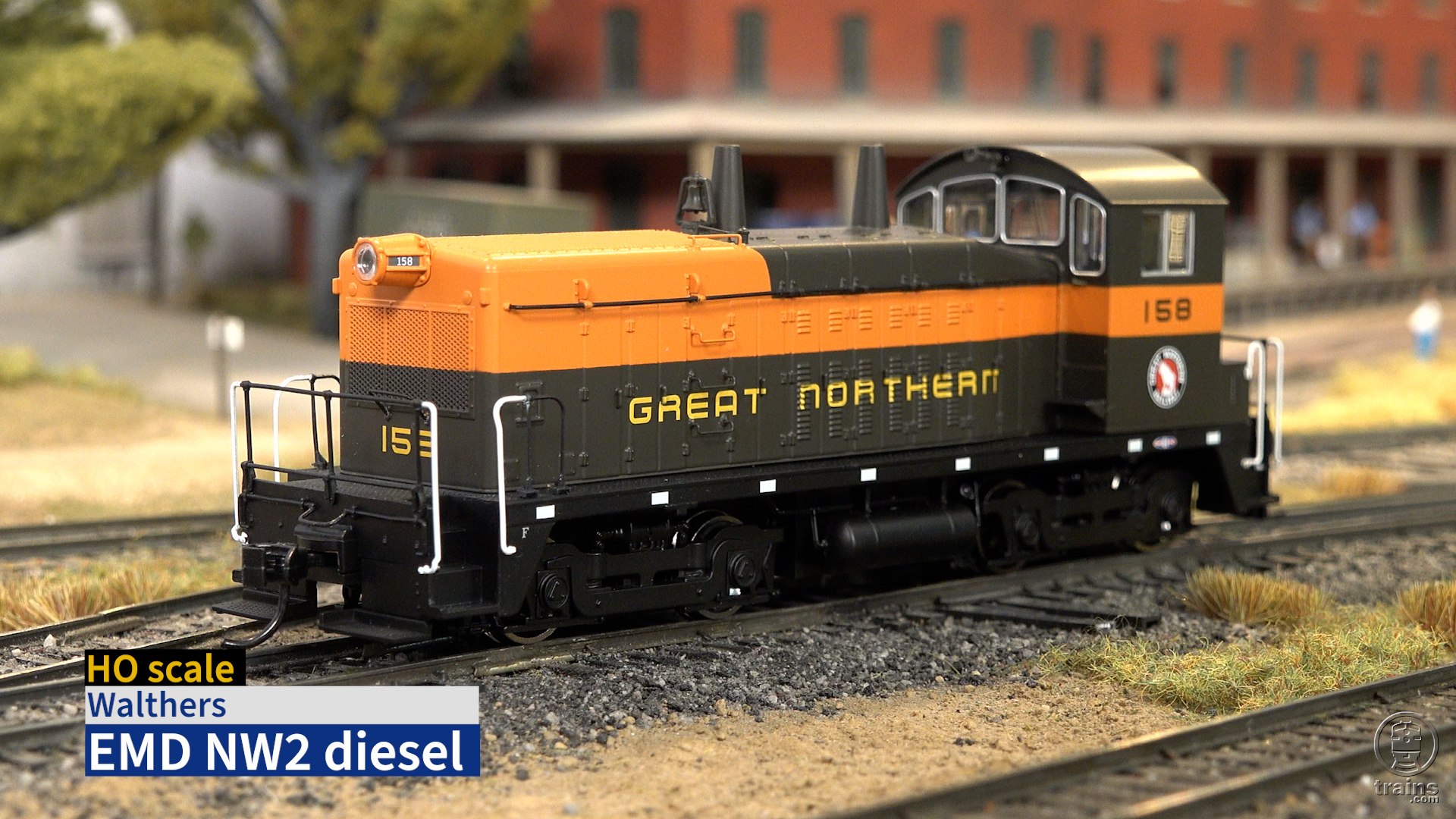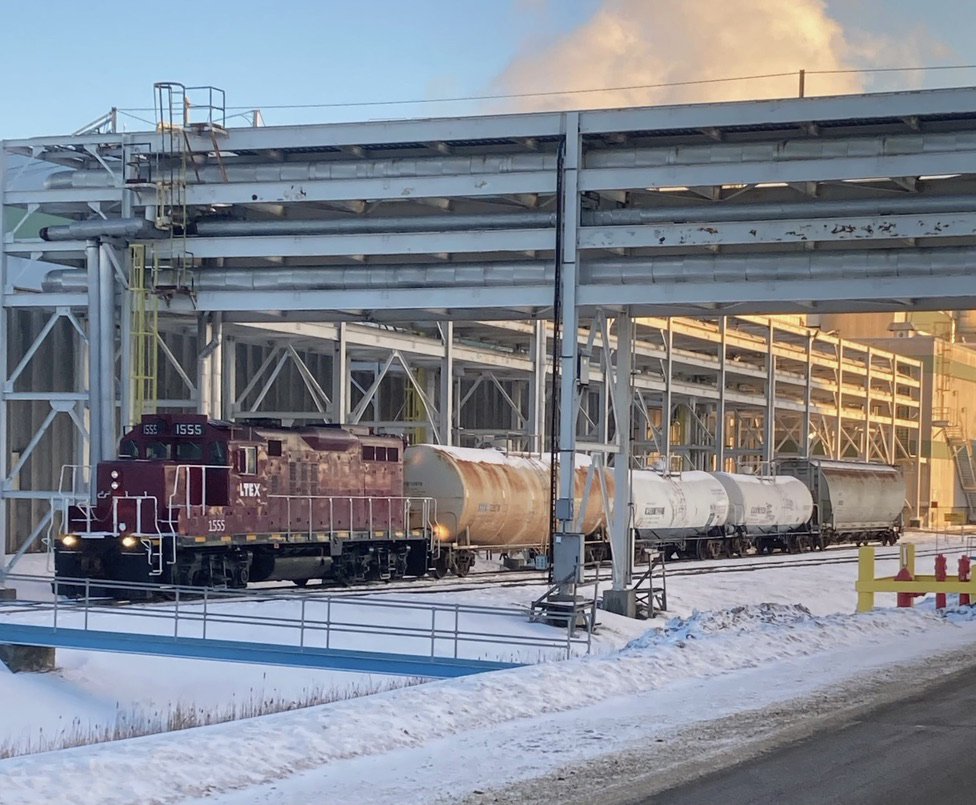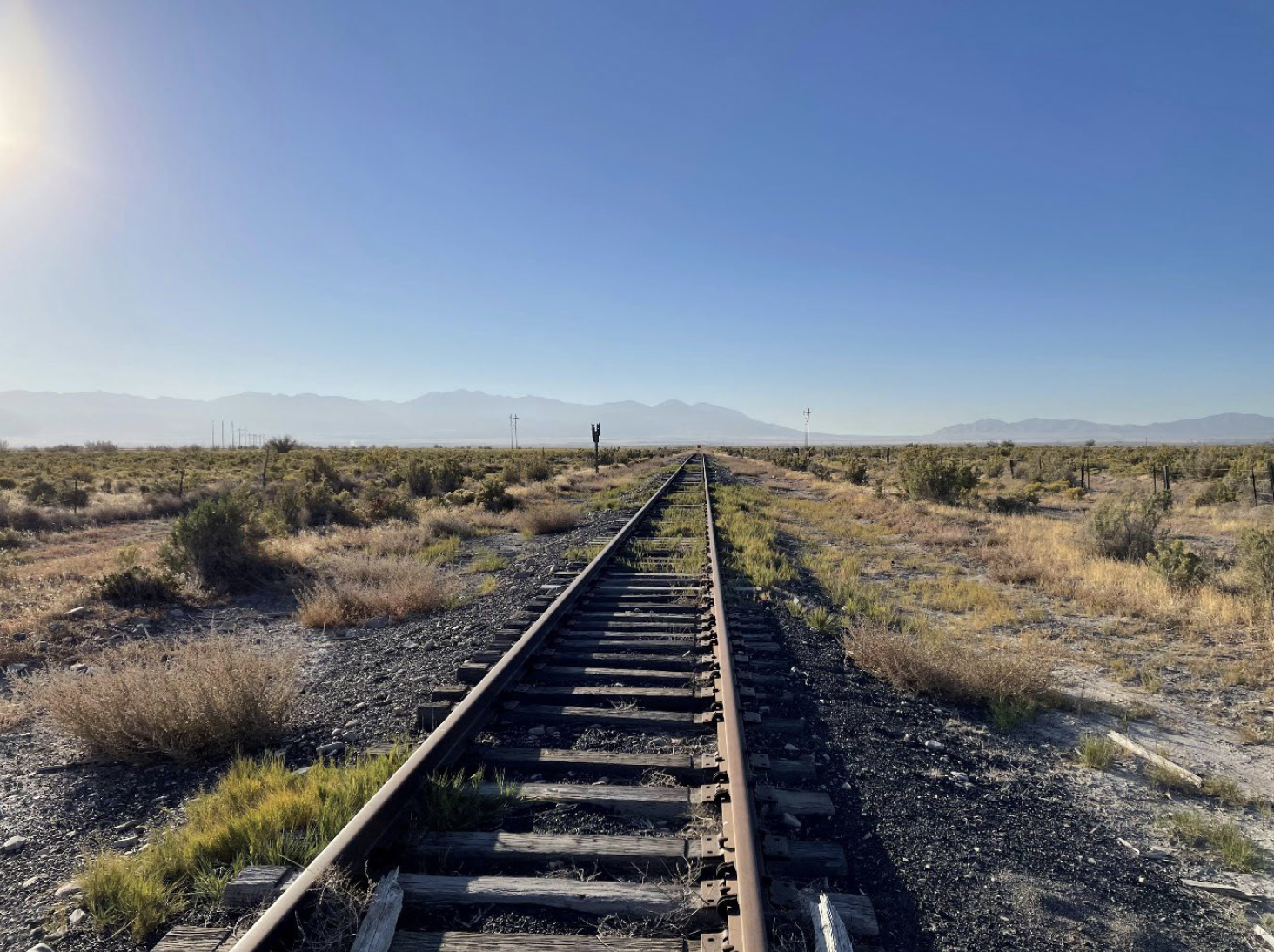Price: $59.95 Min Curve: O-31 Features: Sprung, die-cast metal trucks with rotating bearing caps; sliding doors; factory-applied brake wheel; crossover platforms; and end ladders. Road names: New paint schemes – Atchison, Topeka & Santa Fe (Railbox patchout); Berlin Mills; Green Bay & Western; Railbox (“On track for a cure”, one road number); and Susquehanna. New road numbers – Burlington Northern and Union Pacific. Two numbers per scheme unless noted; also available undecorated ($57.95) Website: www.atlasrr.com
A new run of Atlas O American Car & Foundry (ACF) 50-foot, 6-inch boxcars is hitting hobby-shop shelves. The Trainman line model has an injection-molded plastic body, non-terminating corrugated ends, positionable doors, and die-cast metal trucks with rotating bearing caps.
Popular prototype
More than 5,000 ACF 50-foot, 6-inch boxcars were built between 1974 and 1980. These cars were ordered by railroads as well as freight car leasing companies. Examples of ACF boxcars can be found hauling freight on railroads today.
Our sample was decorated as Green Bay & Western (GBW) no. 7561, part of the railroad’s 7450-7649 series of boxcars. The 200 full-size cars were built under lot 1445 by Evans Products-Southern Iron & Equipment Co. (SIECO) in 1979. At a casual glance, the Evans-SIECO and ACF cars look similar, as both have a diagonal-panel roof and seven body panels on each side of the sliding door. However, Evans-SIECO boxcars have straight sills (ACF cars are angled) and lack corner posts.
I was curious about the blue paint scheme, as I associate yellow with GBW boxcars from the 1970s. It turns out the blue boxcars (nos. 7550-7599 and some 7600-series cars) were originally built for another railroad (sources differ on whether it was the Meridian & Bigbee or the Savannah State Docks RR). Itel Rail, owner of the GBW and other short lines and a boxcar leasing company, had the blue cars reassigned to the GBW.
Model measurements
The ACF boxcar is part of the Atlas Trainman line. Models in this budget- oriented range usually have fewer freestanding parts than do cars in the higher-end Master line. However, the ACF boxcar has a surprising level of separate, factory-applied details, including end ladders and railings, crossover platforms (molded in a silver-gray plastic), upper and lower door guides, tack boards, and a brake wheel.
The grab irons and stirrup steps on the sides of the boxcar are molded.
I compared the model to data and a prototype drawing in The Car and Locomotive Cyclopedia of American Practices (Simmons-Boardman Publishing, 1980). The model’s dimensions accurately follow the published dimensions. The model measures 127/8 inches long over the ends and weighs 17.3 ounces.
Four screws, one in each corner, hold the underbody to the shell.
The underbody is plastic, with an approximately 2 x 7-inch metal weight centered between the trucks. The weight, painted black and secured to the underbody from the top with two small Phillips-head screws, features cast wood-grain detail. This is a nice touch that can be best appreciated when the sliding doors are open.
The center sills, crossties, crossbearers, air reservoir, AB control valve, and brake cylinder are molded. The sprung, die-cast metal trucks are secured with a washer-head screw. A plastic brake hose is press-fit to the shank of each coupler.
Conclusion
The Atlas Trainman boxcar is a dimensionally accurate O gauge model with a good mix of separately applied and molded details. Whether rolling by in a train or parked at an industry, the American Car & Foundry 50-foot, 6-inch boxcar is a necessary piece of rolling stock if you’re modeling 1974 to the present day.














